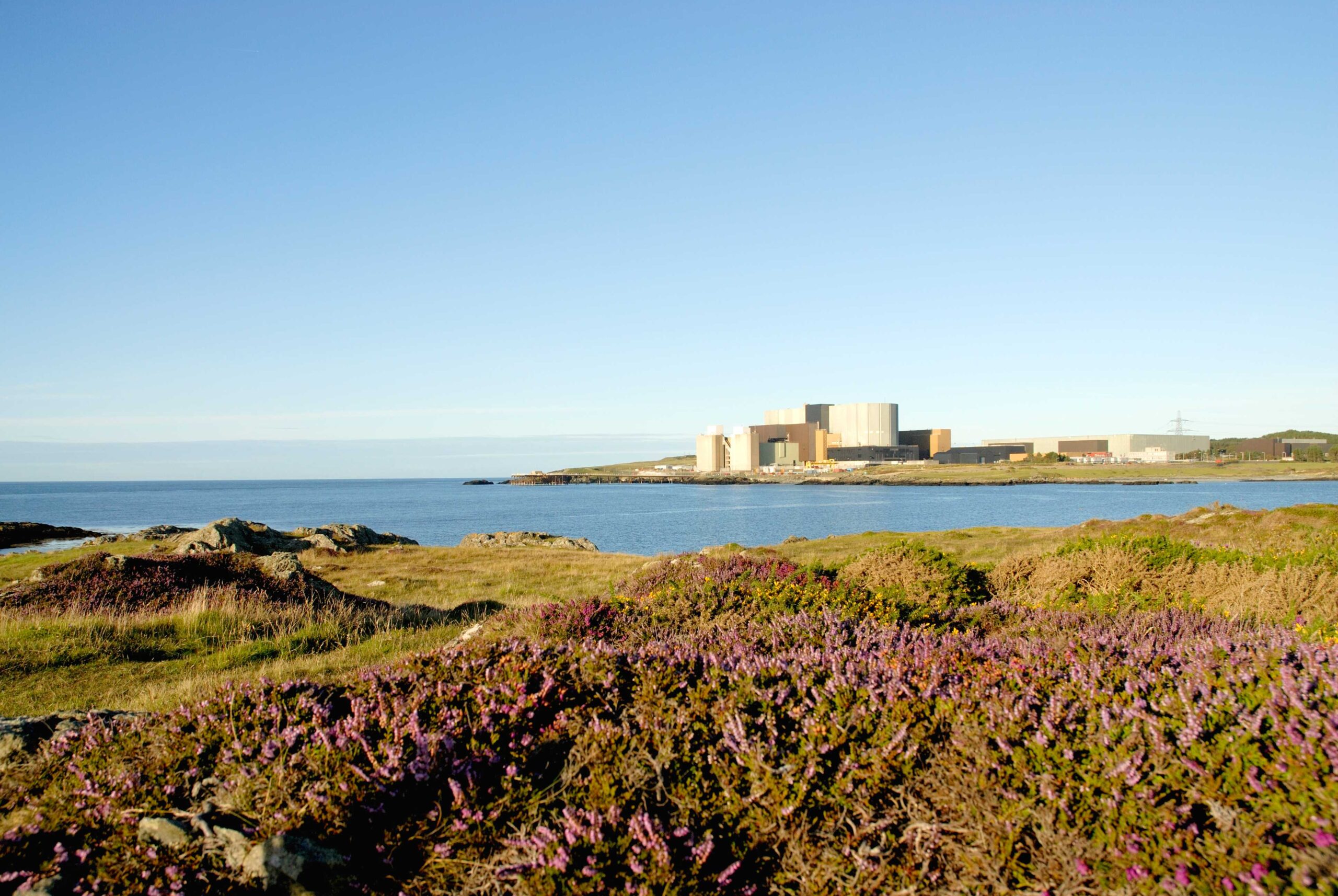Since the publication of the Energy Security Strategy, with the high level target of up to 24GW of nuclear capacity by 2050, in welcoming the ambition, on behalf of the Nuclear Industry Association (NIA) I have repeatedly argued that what is needed to achieve that ambition at pace, with the highest levels of efficiency and effectiveness and to maximise the domestic industrial and economic input is a programme. A programme that gives clarity of scale, timeframes and with a serious consideration of the public policy requirements to underpin delivery. Today, the publication of the government’s Nuclear Roadmap takes us several steps closer to that programme.
The headline commitment, to explore a further large-scale project after Sizewell C, meaning that “the UK will look to deploy both SMRs and further large-scale nuclear in parallel over the next decade, providing the supply chain the certainty it needs to invest in skills and local communities” should end the absurd pretension that we should build 24 GW (and more) with just large or just small nuclear. We need them both to maximise likely sites and our expertise. Even more significantly is the end of the “one at a time” approach to nuclear projects, which was in danger of becoming a very bad (and expensive) habit. Parallel developments, and overlapping construction periods, will provide the demand to keep our workforces mobilised, to train more people, to invest in more capacity and better capabilities, and to keep our project management expertise sharp and fresh.
The Roadmap goes further with an intention to approve between 3 and 7 GW of nuclear capacity every five years from 2030 to 2044. That sends an important signal to industry that for the next 20 years, the UK plans to maintain a regular drumbeat of projects. Ensuring a programmatic approach provides greater clarity and predictability, which in turn enables supply chain investment and more UK content in the future fleet: two decades’ worth of work at least is enough to make career choices, train new people, and invest in equipment.
We all know, though, that setting targets is not the same as pouring concrete. That said, two further things in the Roadmap, in particular, should help us pour concrete sooner (and smarter).
The first is the mandate to the ONR and EA to “maximise the use of overseas regulatory assessment” and to endorse “greater collaboration and sharing of expertise across regulatory bodies that are assessing the same technology on a similar timeframe.” As the unprecedentedly close work of our industry bodies and governments over the last couple of years demonstrate, not only are we and our allies all striving toward the same goal of net zero with energy security and economic prosperity, but we also recognise the best route to delivery at pace and scale lies in collaboration. Making the most of each other’s work, avoiding duplication and reducing the design variations and anomalies that get in the way of efficient construction and supply chain operation.
The second step is that “investors and developers of new nuclear projects will be able to engage with government on the suitability of Contract for Difference (CfD) and Regulated Asset Base (RAB) financing models.” Opening up the RAB beyond projects with a UK reference plant will help more projects access cheaper financing and a broader pool of capital. We all know that financing is by far and away the leading obstacle to nuclear projects getting off the ground, and the biggest chunk of the costs the consumer pays at the end. If we can make that cheaper, faster and more certain, we will build more units more quickly and for a better price of electricity at the end.
The job is by no means done of course. We still urgently await Sizewell C reaching a Final Investment Decision. Whatever plans we have beyond Sizewell C, we have no programme unless the second project gets started. Likewise, we keenly await not only GBN’s SMR selections, but also the conclusion of contracts with the successful parties. Similarly, it has been ten months since the Chancellor promised that nuclear would be classified as environmentally sustainable, subject to consultation, and still we await that consultation. These tasks should not be left to the next Parliament, because time is not free, and political bandwidth, even of a new Government, is not unlimited.
I am acutely aware that as the UK is in all likelihood within months of a general election, almost everything is seen through the prism of a possible change of government later this year. It is important to note that the Labour Party’s comments today underline that not only is there consensus support for the need for new nuclear capacity to meet our energy security and decarbonisation challenges – but there is a desire for that to be done with pace, whichever party is in government at the end of the year.
There is more in the Roadmap publication on fuel security , on planning, on a smarter regulation challenge and more besides.
My consistent, and insistent, view that nuclear has a vital and integral role to play in a clean, reliable and secure energy future is summed up in the Roadmap thus: “the only current form of reliable, secure, low carbon electricity which can be deployed at scale in the UK.” If we pursue the substance and the spirit of this document with confidence and vigour, we can renew and expand that contribution for the generations to come.
That is why today is—another—good day for nuclear in the UK.













